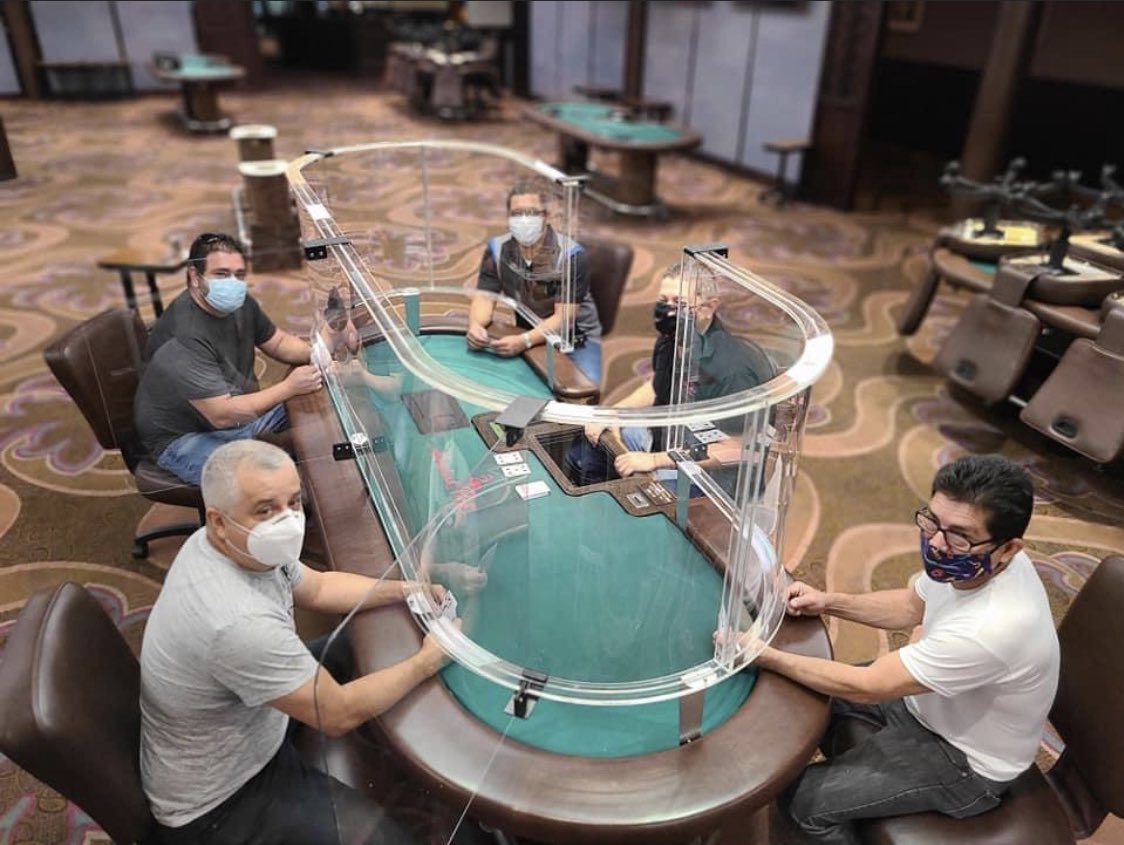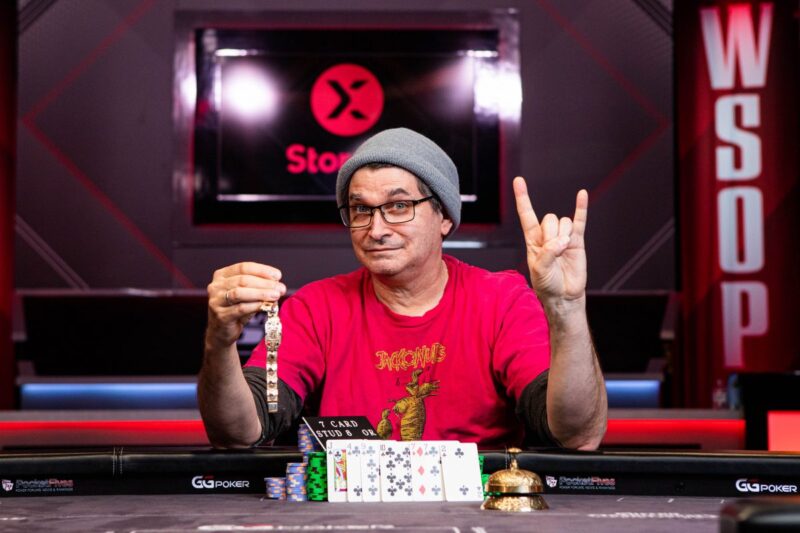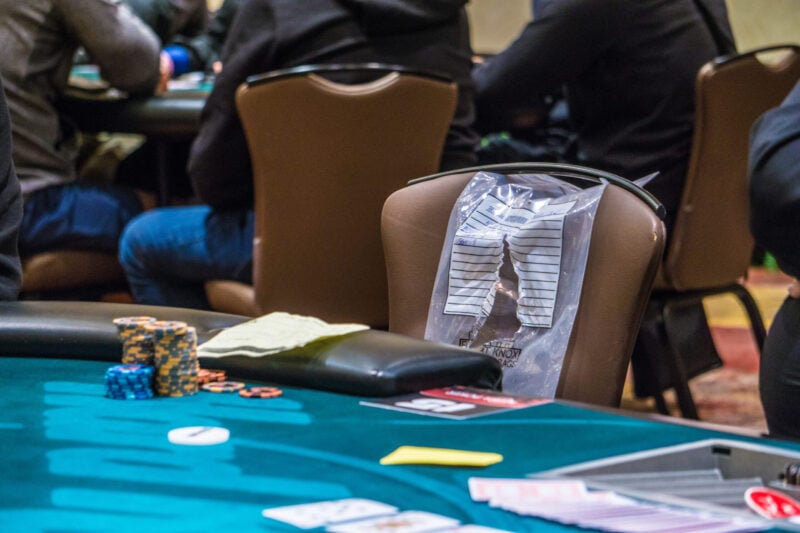Do we see a light at the end of the coronavirus tunnel? Casinos are rolling out new guidelines, poker rooms are slowly getting ready to reopen their doors, and some games will be limited to four-handed tables. So how exactly do you play 4-max poker? Here are some strategic reminders:

#1: Most of Us Aren’t Experts
Just because you’re adapting your strategy to 4-max doesn’t mean that others are. Recreational players tend to play the cards they want to play because, well, they wanna play them—regardless of what any preflop chart says. This means that tight players will probably remain tight, and loose players will remain loose.
Don’t assume a tight-solid, straightforward player will start playing Ace-Nine — or begin re-raising the same hand light — just because you’re short-handed. People like to play within their comfort zones. Avoid the mistake of leveling yourself against recreational players because you’re short-handed.
#2: Relative Hand Strength Changes
This is the big one. You may already be familiar with widening your range preflop when switching to six-max or heads-up poker online, but do you know that post-flop play changes as well? In a full-ring game, one pair is far less likely to be the best hand by the river.
But, you’ll typically see high pairs and two pairs winning most pots in short-handed play.
#3: Top Up if You Can
Are you used to buying-in as a short-stack? You might want to reconsider that strategy before playing with fewer people. Because short-handed play is more aggressive (read: increased three and four-bets preflop), you’ll probably want to play deeper-stacked. Expect many more raises, re-raises, and straddles before the flop, and you’ll want the chips to play accordingly.
#4: Learn Body Language Tells
When playing a full-ring nine-player (or even 10-player) game, there isn’t much you can do without good cards. Because you’re so reliant on the strength of your hand in full-ring play, body language tells don’t matter quite as much. You should expect a lot more bluffing and thin-value plays when you’re short-handed, which means you’ll want to be able to get reads on players to navigate all these new marginal spots.
Since you’re also only up against the same three opponents, you’ll want to hone-in on their tendencies. How quickly do they place their bets? Are they talkative or tight-lipped? Is their posture engaged? You should notice and pay attention to these habits.
#5: Don’t Chase
Ready to bink that straight-flush draw? Think again. The reduced number of players changes your pot odds, making drawing less profitable. Switch your preflop strategy a bit to include more ace-rag and king-nine types of hands, but fewer suited connectors.
Again, remember that very few people are short-handed specialists, so don’t worry if you’re a little out of your comfort zone. Practice by playing heads-up online if you truly want to prepare—it will make 4-max seem like kid stuff.
Amanda Botfeld is the author of “A Girl’s Guide to Poker.” You can follow her on Twitter @AmandaBotfeld.


